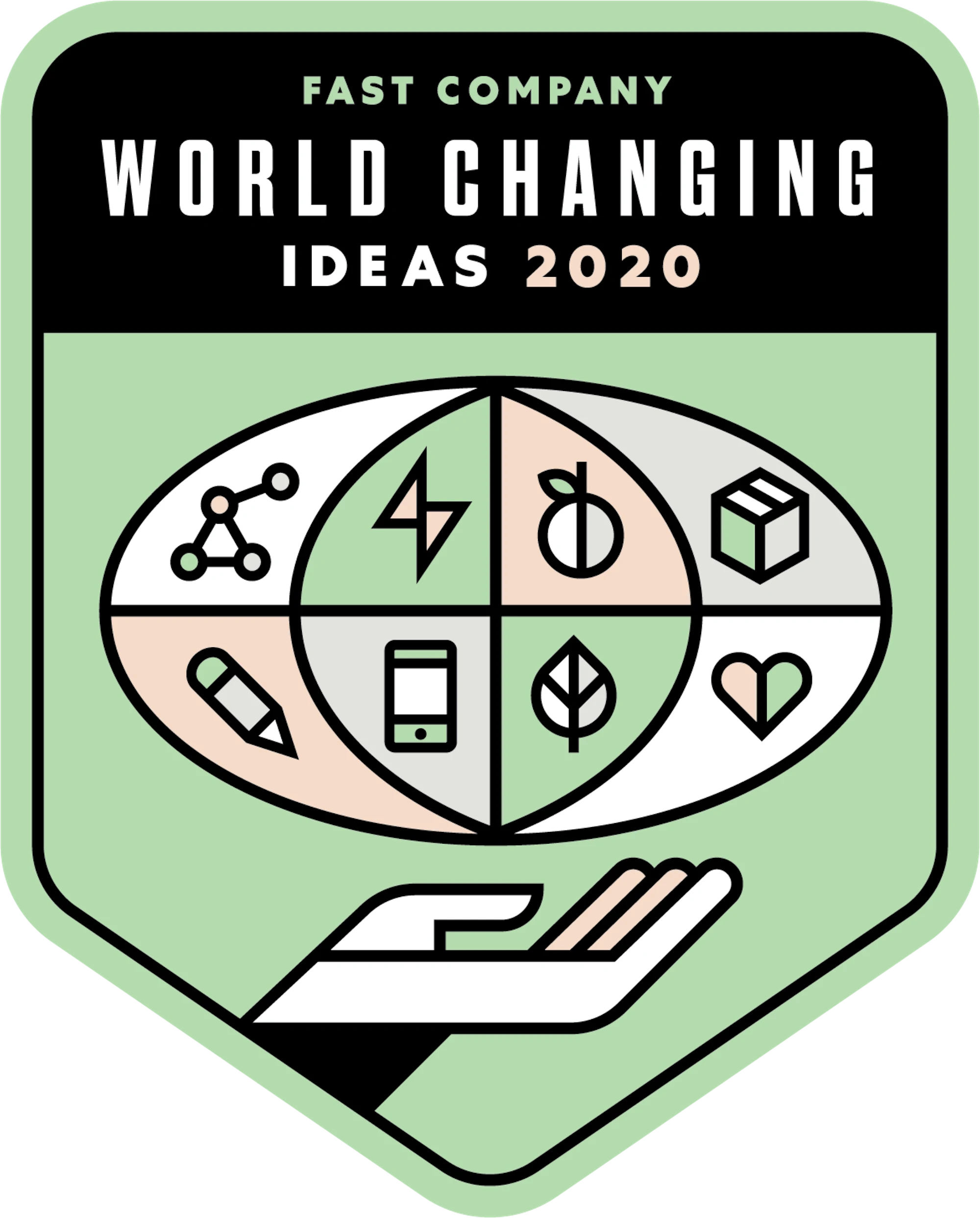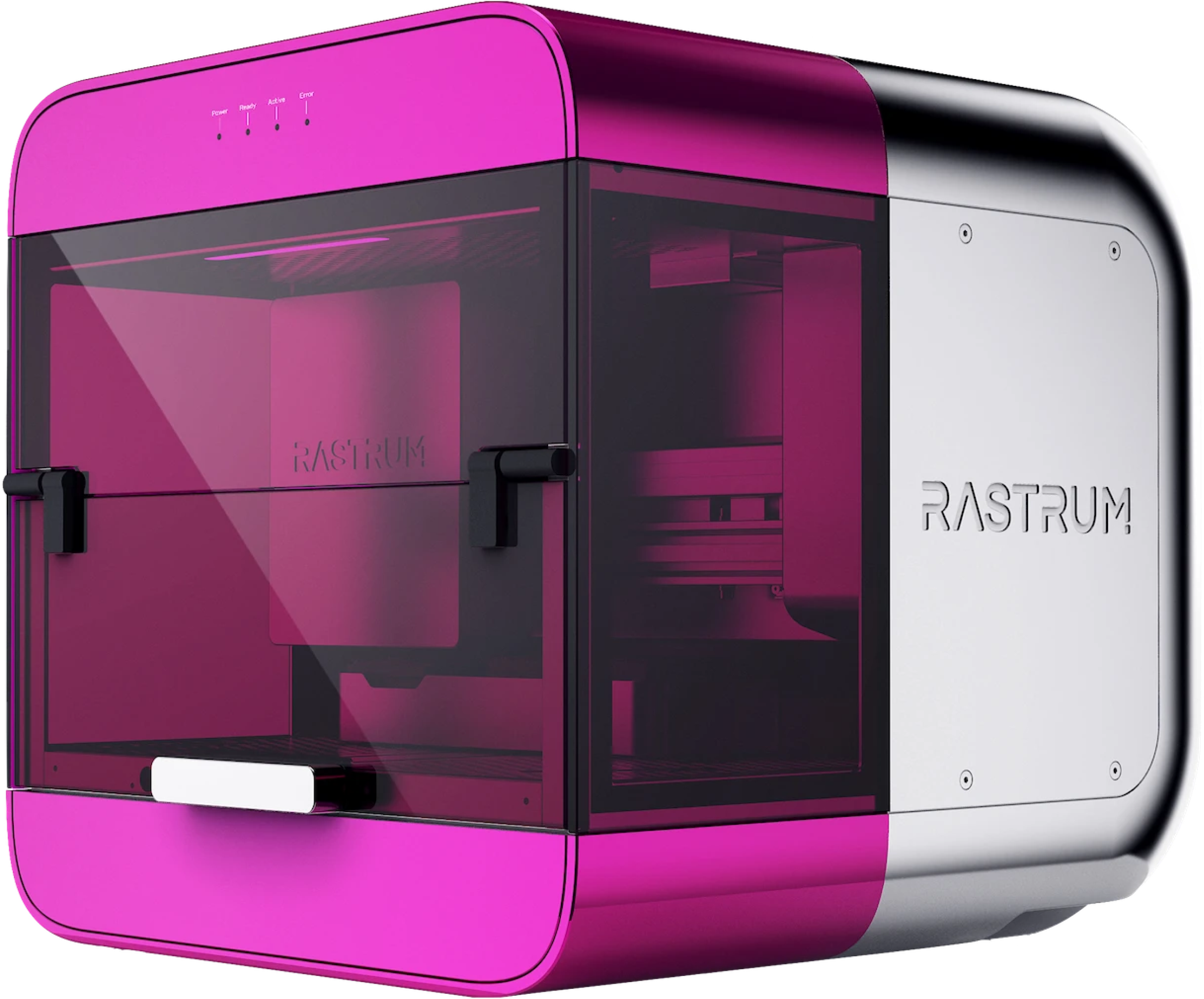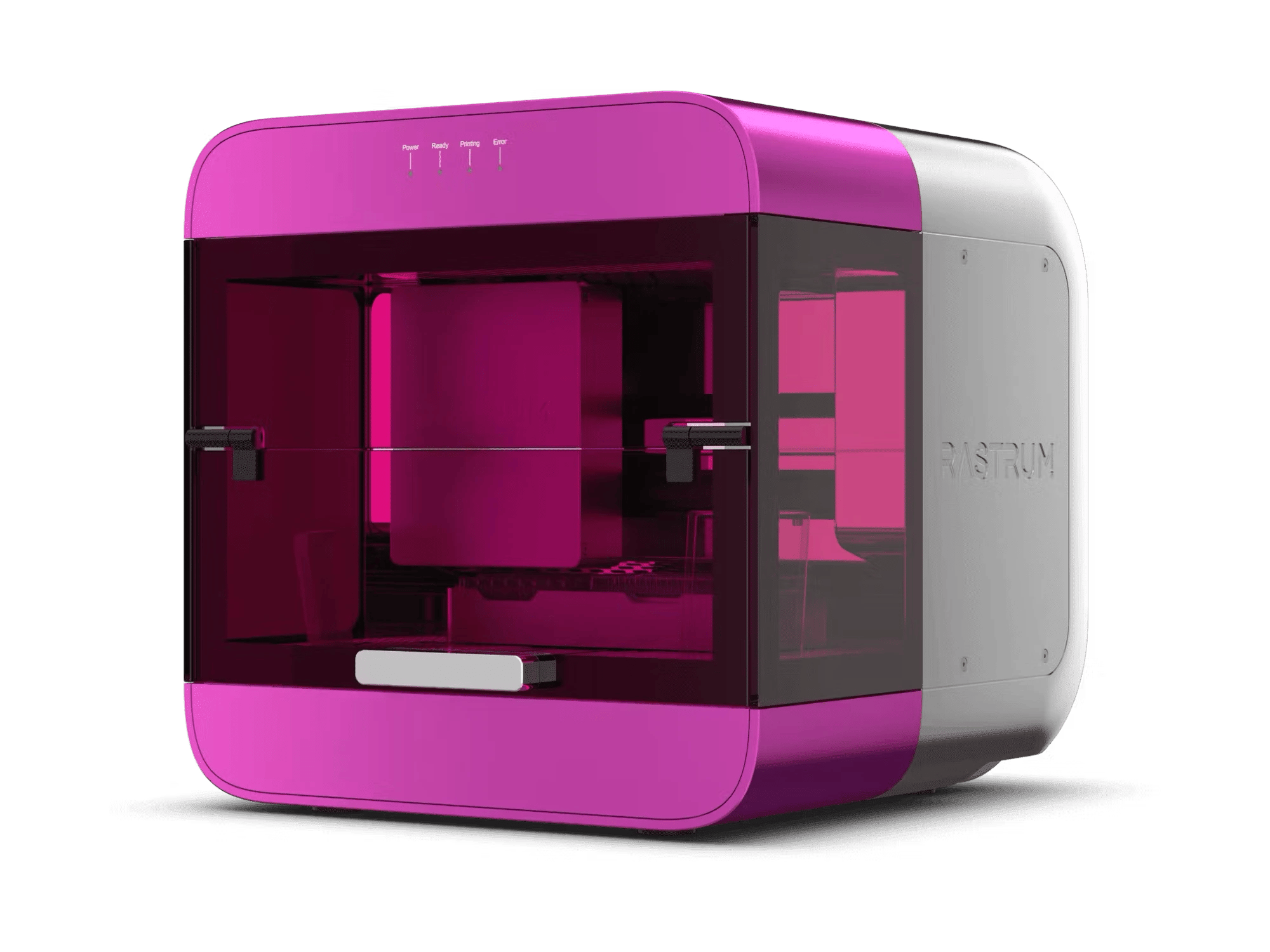The easy solution for creating 3D cell models
RASTRUM™ Matrices
Ready-to-use, consistent, xeno-free matrix
Supports a diverse range of cell and tissue types
Optically clear for high quality in situ imaging
RASTRUM™ Instrument
Intuitive user experience, no coding required
Design your experiments from anywhere
Integrated dual HEPA filtration
RASTRUM™ Models
Compatible with standard well plates
Integrates seamlessly with your downstream analysis
Complex spatial cell and matrix arrangement
The RASTRUM™ platform has revolutionized our ability to create highly organized and reproducible 3D breast and ovarian cancer models in a stable and tuneable tumour microenvironment that is not possible in 2D. Combined with standard imaging platforms, this technology will certainly advance our ability to better understand, model and treat these diseases.
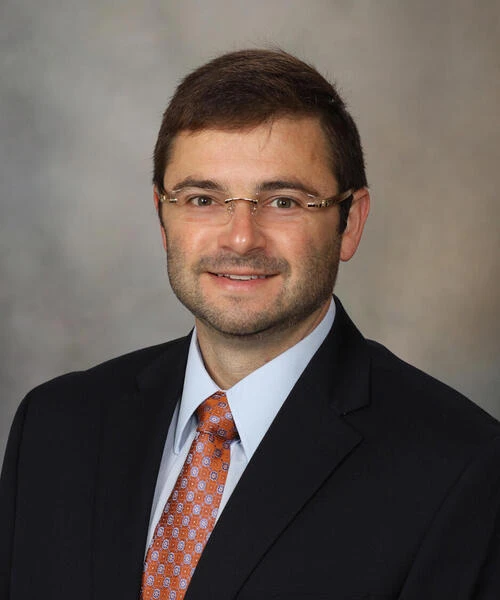
Dr John R. Hawse
Associate Professor of Biochemistry and Molecular Biology, Mayo Clinic
The RASTRUM™ platform has enabled us to recreate humanized beating cardiac 3D organoids from induced pluripotent stem cells (iPSC). The organoids can be printed at the iPSC stage and differentiated in the plugs, allowing us to study cells across their development. The scale enabled by the RASTRUM™ platform means we can test for the interaction of genetics on drug response, identifying patient-specific cardiotoxicity events.

Professor Joseph Powell
Director of Cellular Science, Genomic-led Drug Discovery Program Lead at the Garvan Institute of Medical Research, Director of the UNSW Cellular Genomics Futures Institute
The RASTRUM™ platform has enabled us to recreate humanised endocrine 3D primary breast cancer models, in a physiologically-relevant and defined tumour microenvironment that cannot be achieved using traditional approaches.

Dr Marie McIlroy
Lecturer, Department of Surgery, Royal College of Surgeons in Ireland
The RASTRUM™ bioprinter has allowed us to successfully maintain and expand primary samples of children's cancer in high throughput that have otherwise proved difficult to grow in vitro by recapitulating a physiologically relevant 3D tumour extracellular environment.
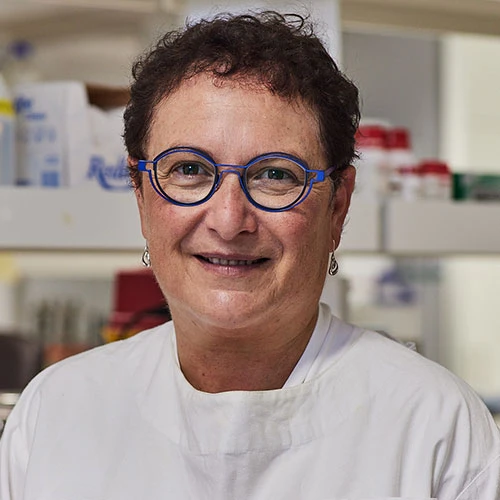
Professor Maria Kavallaris
Head of the Translational Cancer Nanomedicine Theme, Children's Cancer Institute
The RASTRUM™ platform has allowed us to efficiently and reproducibly generate 3D brain organoids from induced pluripotent stem cells for our research on neurodegenerative disease
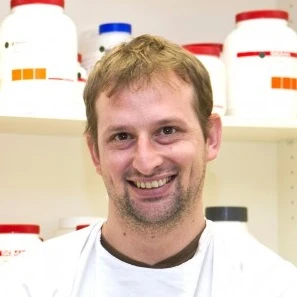
Dr Nicolas Dzamko
Senior Research Fellow, University of Sydney
Using the RASTRUM™ platform, we have developed fully defined patient-derived liver cancer models for high throughput drug development in environments more accurately recreating the unique liver microenvironment than traditional organoid culture methods.

Dr Ben Dwyer
Senior Research Fellow, Curtin University
Stand out from the rest with RASTRUM™
The award-winning advanced 3D cell model platform

